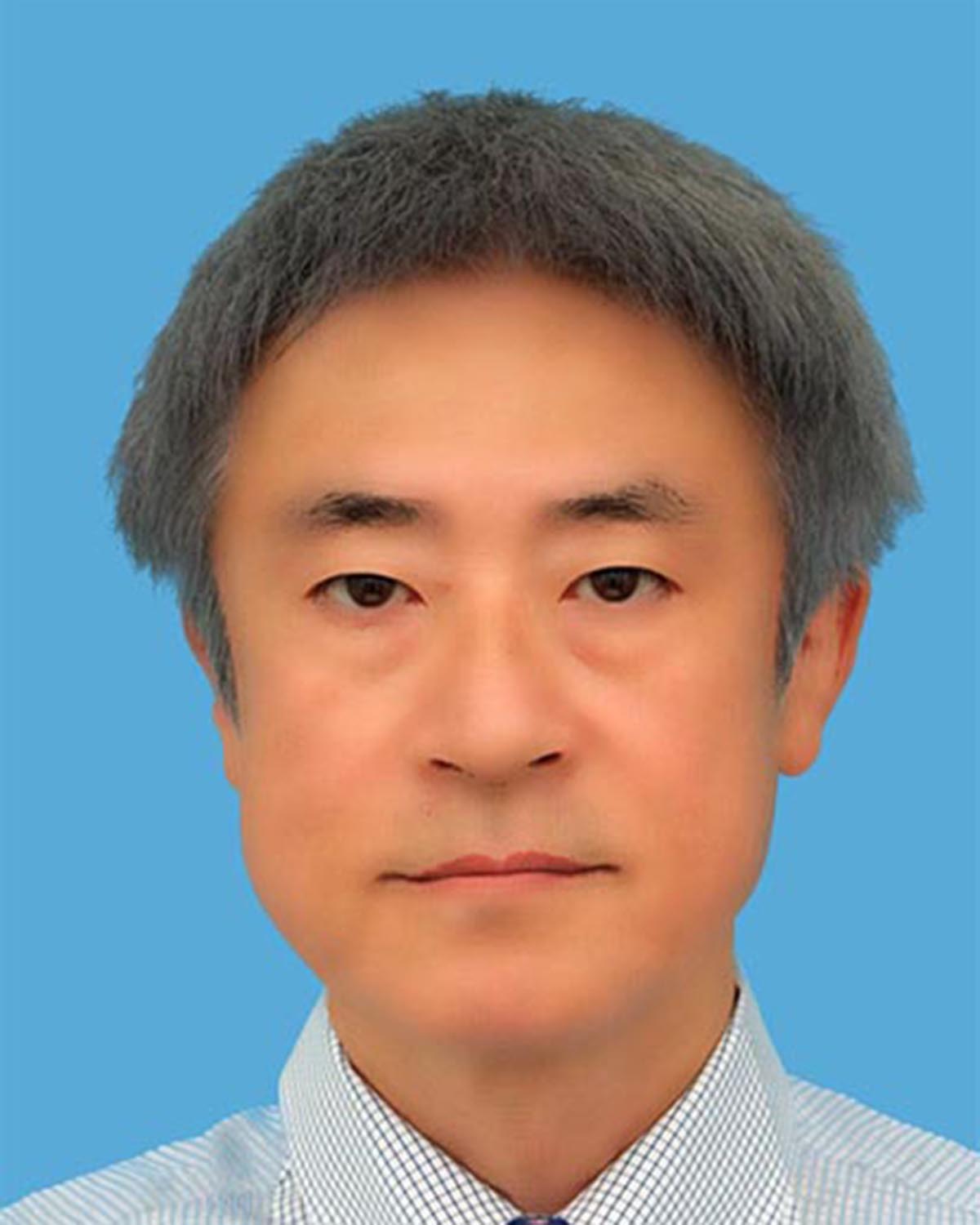2021 ASME Avram Bar-Cohen Memorial Award
Congratulations to Prof. Ricky LEE, Chair Professor of Mechanical and Aerospace Engineering of The Hong Kong University of Science and Technology on receiving the 2021 ASME Avram Bar-Cohen Memorial Award from The American Society of Mechanical Engineers (ASME).
This prestigious award honors Prof. Lee’s outstanding contribution to science and engineering in electronic packaging. Prof. Lee is the Acting Dean of Systems Hub in HKUST(GZ), as well as HKUST’s Foshan Research Institute for Smart Manufacturing, the LED-FPD Technology R&D Center, and the Shenzhen Platform Development Office. Prof. Lee has focused his research on the development of packaging and assembly technologies for electronics and optoelectronics.

2022 Best Paper of the Year Award
Prognostics and Health Management Features for Large Circuit Boards to Be Implemented Into Electric Drivetrain Applications
Abstract
Canary structures being used as early warning indicators represent an important tool for condition and health monitoring of electronic components and systems. In this paper, printed circuit boards (PCBs) with canary structures based on surface mounted device (SMD)-2512 ceramic chip resistors with reduced solder pad sizes were studied. Focus of these investigations was set on thermomechanical and mechanical stresses caused by passive thermal cycling as well as by vibrational loads. For this purpose, experimental methods such as deformation analysis and accelerated aging tests as well as finite element (FE) based methods were applied. In addition, an outlook on the implementation of these canary structures into dual inverter electronic control boards for electrical powertrain applications will be given.
Authors
A. Otto; E. Kaulfersch; P. Singh; C. Romano; M. Hildebrandt; S. Rzepka
Citation
Otto, A., Kaulfersch, E., Singh, P., Romano, C., Hildebrandt, M., and Rzepka, S. (October 6, 2021). "Prognostics and Health Management Features for Large Circuit Boards to Be Implemented Into Electric Drivetrain Applications ." ASME. J. Electron. Packag. June 2022; 144(2): 021106.
https://doi.org/10.1115/1.4052070
2021 Best Paper of the Year Award
Demonstration of a Compliant Microspring Array as a Thermal Interface Material for Pluggable Optoelectronic Transceiver Modules
Abstract
Pluggable optoelectronic transceiver modules are widely used in the fiber-optic communication infrastructure. It is essential to mitigate thermal contact resistance between the high-power optical module and its riding heat sink in order to maintain the required operation temperature. The pluggable nature of the modules requires dry contact thermal interfaces that permit repeated insertion–disconnect cycles under low compression pressures (∼10 to 100 kPa). Conventional wet thermal interface materials (TIM), such as greases, or those that require high compression pressures, are not suitable for pluggable operation. Here, we demonstrate the use of compliant microstructured TIM to enhance the thermal contact conductance between an optical module and its riding heat sink under a low compression pressure (20 kPa). The metallized and polymer-coated structures are able to accommodate the surface nonflatness and microscale roughness of the mating surface while maintaining a high effective thermal conductance across the thickness. This dry contact TIM is demonstrated to maintain reliable thermal performance after 100 plug-in and plug-out cycles while under compression.
Authors
Jin Cui; Liang Pan; Justin A. Weibel
Citation
Cui, J., Pan, L., and Weibel, J. A. (June 8, 2020). "Demonstration of a Compliant Microspring Array as a Thermal Interface Material for Pluggable Optoelectronic Transceiver Modules." ASME. J. Electron. Packag. September 2020; 142(3): 031114.
https://doi.org/10.1115/1.4047356
2022 Best Assoicate Editor Award

Prof. Ronald Warzhoa
Johns Hopkins University Applied Physics Laboratory
2021 Best Assoicate Editor Award

Dr. Streekan Narumanchi
National Renewable Energy Laboratory
2021 Associate Editor Service Award

Prof. Xiaobing Luo
Huazhong University of Science and Technology
